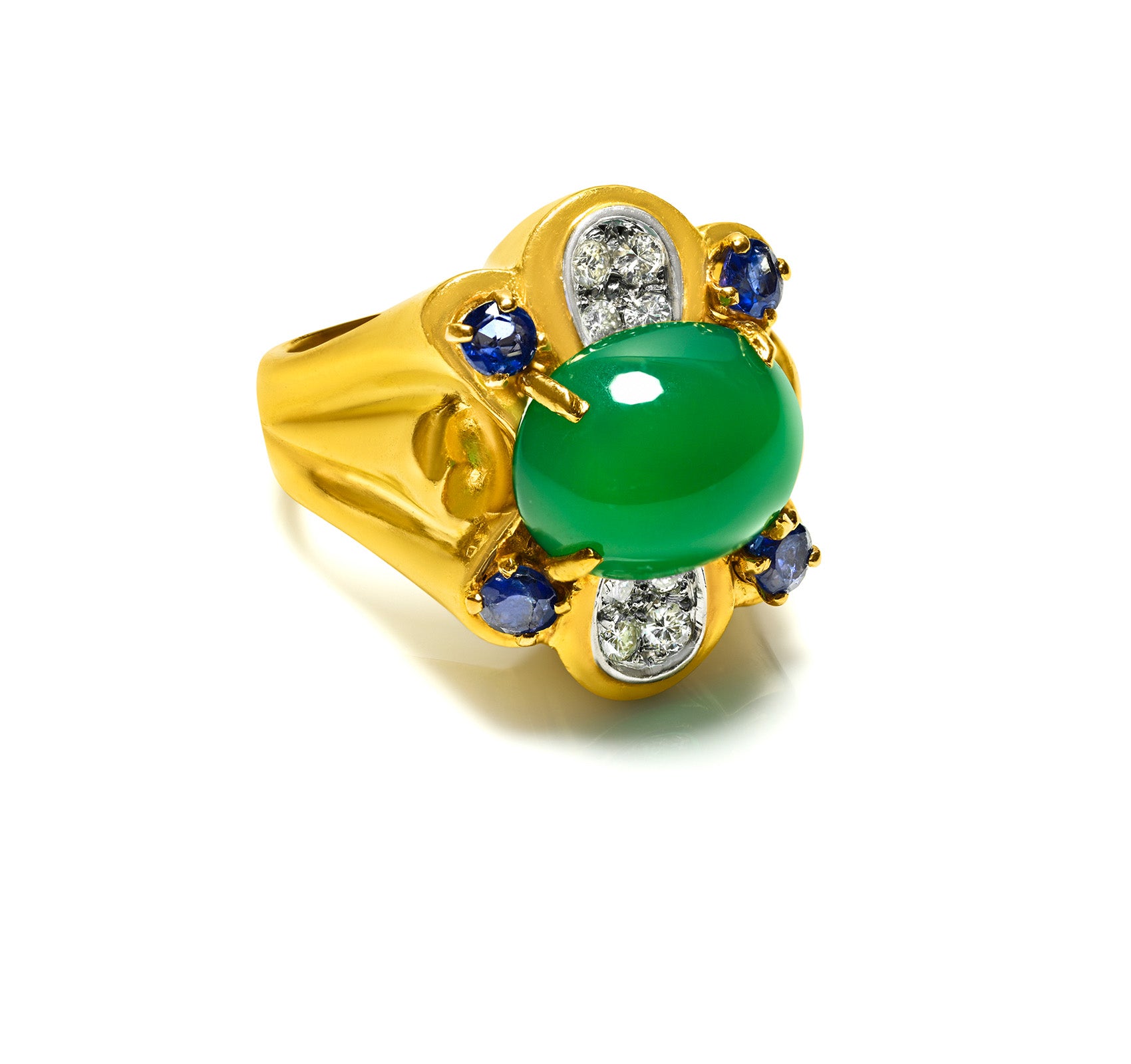
Wagashi - The Exquisite Japanese Sweets That You Eat With Your 5 Senses
The Wagashi sweets are not only eaten with the mouth, but also with the eyes and ears. They are an "integral art of the five human senses".
"We need to sharpen our artistic senses so that we can appreciate with sight, smell, hearing and touch more than taste", says Toshi Honpo, a sweet shop with over 150 years of history in Gifu, a prefecture in central Honshu, south of Hokkaido, Japan.
To better understand the concept, Toshi Honpo explains on its website why wagashi enters first through the eye. Tradition dictates that wagashi sweets have shapes inspired by nature, especially related to seasonal fruits, flowers, or nuts.
As for the other senses, wagashi are made with very few ingredients that, when combined, create a variety of smells and textures detectable with the taste and touch of the mouth:
- rice flour, which turns into a sticky mass called mochi;
- boiled azuki beans, which mash into a paste mixed with sugar;
- the seaweed which is known as agar-agar;
- and some fruits and flowers.

Fragrant, slippery, steamy, dense, springy - this is how the textures are described by journalist Ligaya Mishan in The New York Times Style Magazine.
Hearing is stimulated by its very name, as each wagashi has its name derived from a seasonal phenomenon or a word in a verse, and people can use their imagination to visualize natural landscapes or a scene from a famous story or a classic essay.
A wagashi should be neither too sweet nor too plain, because "there must be a good balance between the sweetness of a confectionery product and the bitterness of matcha, the green tea served with wagashi [...] the fragrance of wagashi must be subtle, so as not to disturb that of the tea".
The Ancient Tradition Behind Wagashi Japanese Sweets
Although today wagashi are presented in various modern forms on social media, many people try to stay anchored to their ancestral traditional brewing.
For example, the Fukushima family has a wagashi shop in Tokyo that produces only traditional designs, mostly based on seasonal flowers, as can be seen in this video.
Toshio Fukushima is part of the fifth generation of the family to work in the shop, and he says the name wagashi comes from the words "wa", which refers to Japan, and "gashi", which means sweet.
In addition, since 1867 he has been using a cookbook that the family treasures as a precious trove, and to ensure perfect design they use only wooden patterns to ensure uniformity in the 200 or so wagashi patterns sold in his shop.
However, despite all the effort that goes into their creation and the fact that some find it sad to eat something so beautiful, wagashi are doomed to be ephemeral.
Ligaya Mishan writes in her article that, of all the qualities that define wagashi, the most striking might be that of ephemerality. The highest form of wagashi is jounamagashi: a sweet condemned to the shortest life for its high moisture content. It cannot be treasured because it must be eaten immediately. So much art invested in something so fleeting.


















